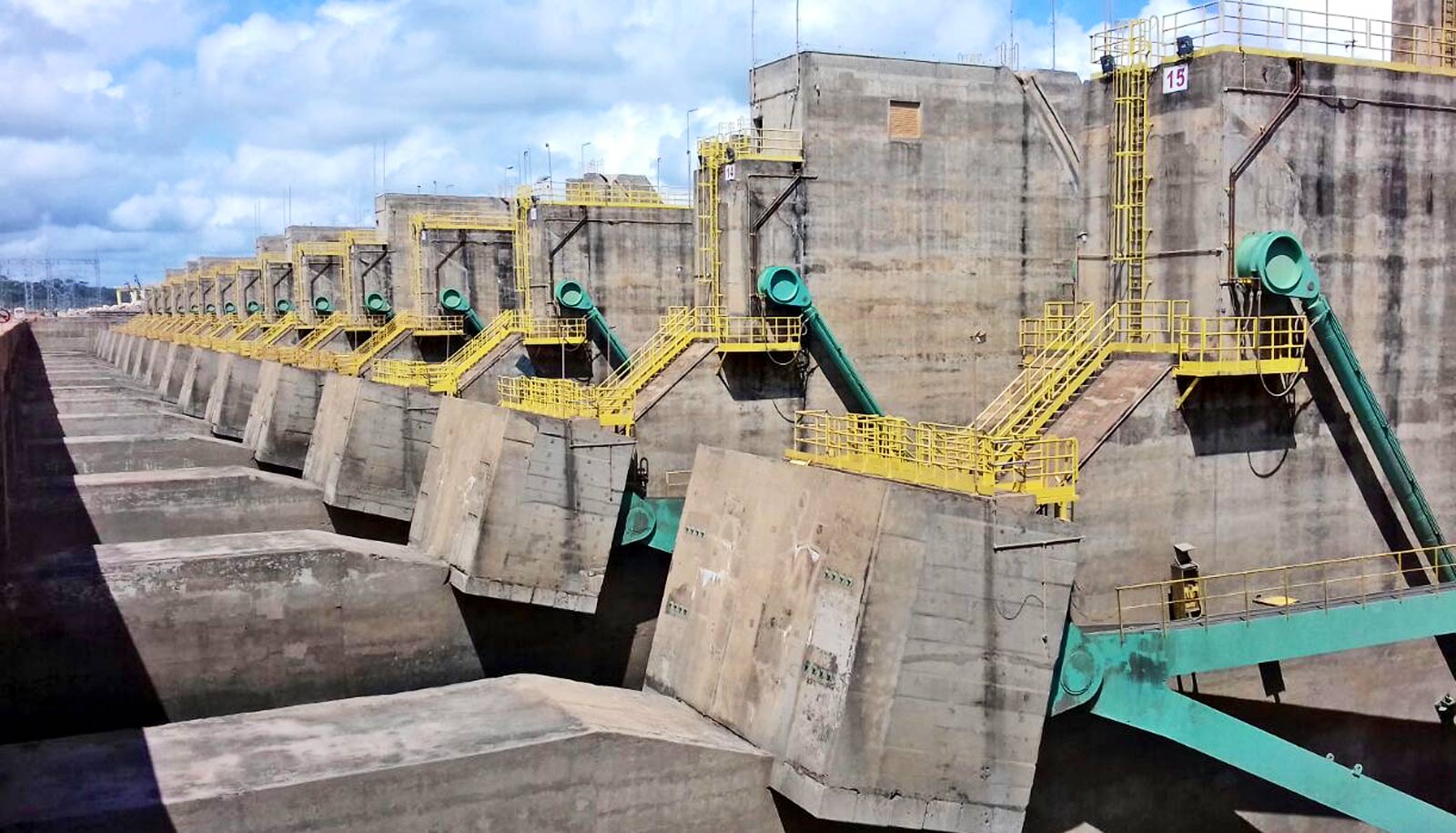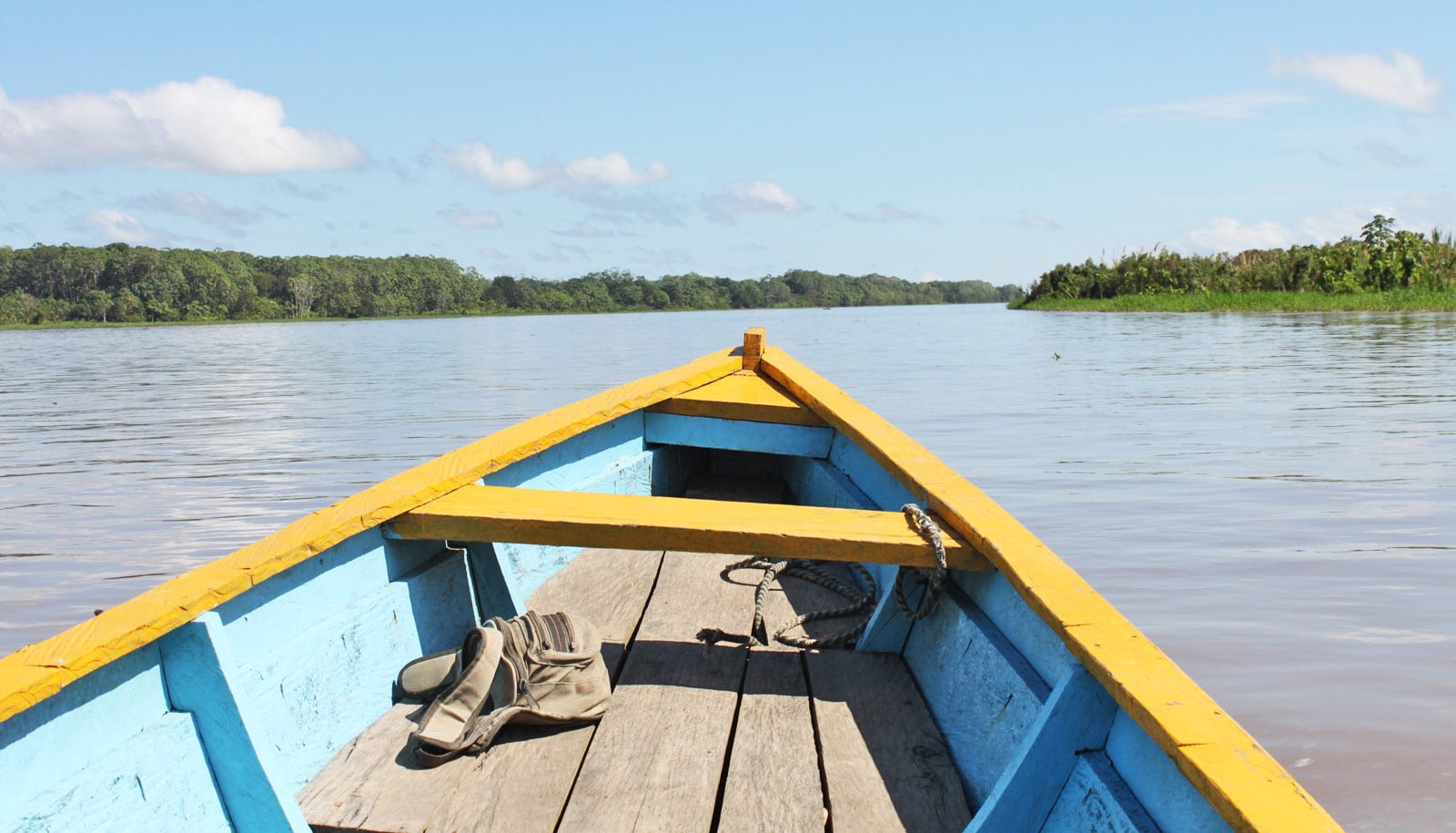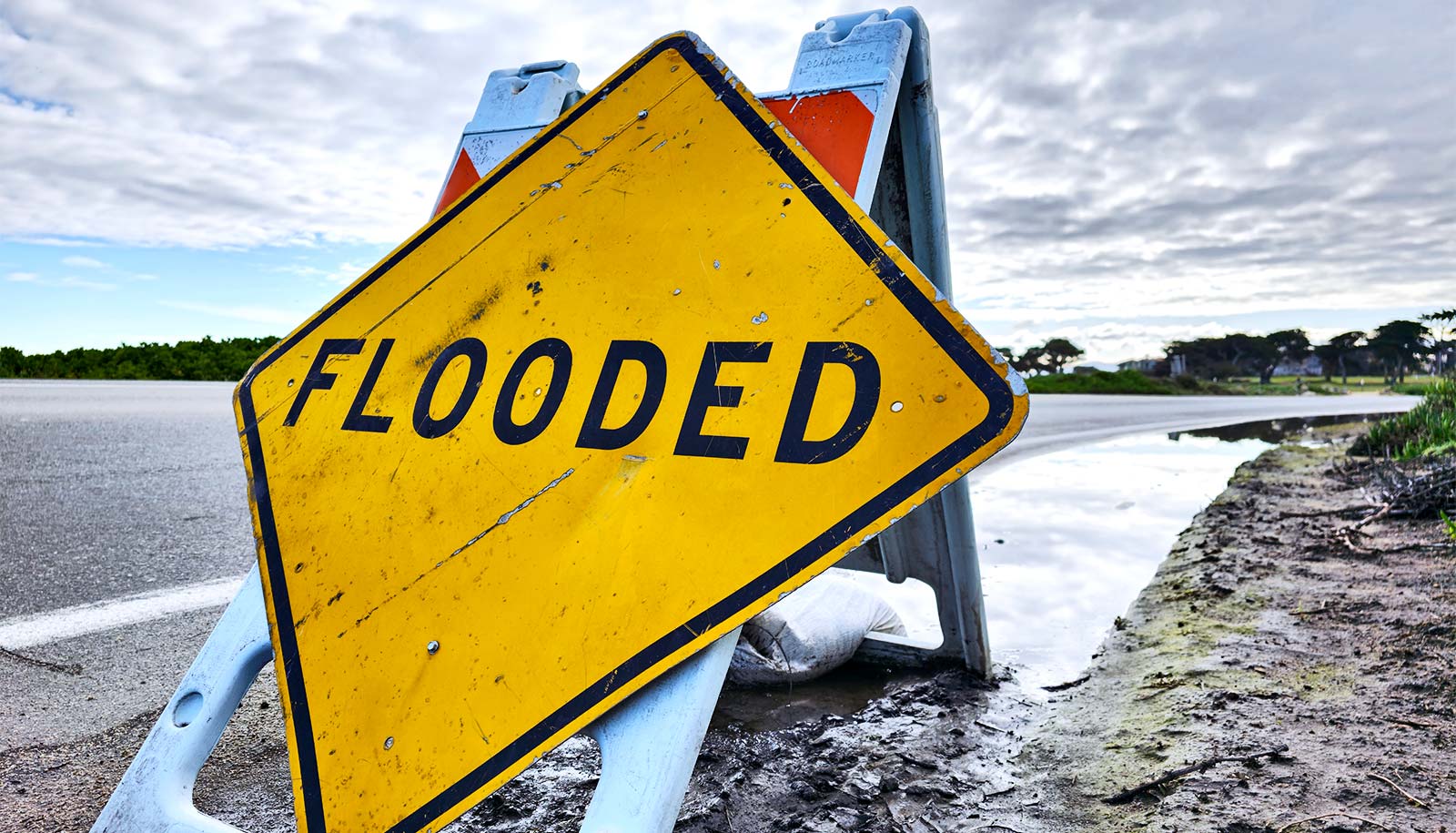The building and planning of hundreds of new dams threaten to silence the heartbeat of the Amazon River, report researchers.
For a new paper in Science Advances, researchers studied the effects of existing dams and used the data to predict how the river’s natural flooding cycles—vital to the health of the Amazon and its flora and fauna—would suffer.
The prognosis is not good.
While all dams have an impact on the hydrologic regime, some dams are much worse than others, says David Kaplan, an assistant professor of environmental engineering at the University of Florida.
“The flood pulse is the heartbeat of the Amazon, and dams severely disrupt that pulse.”


Analyzing the hydrologic impacts of all existing Amazon dams helped researchers understand some of the major predictors of impact, which can be used to predict—and hopefully reduce—the impacts of future planned dams.
Surprisingly, Kaplan says, “small” dams had exceedingly large impacts relative to their energy production potential.
Dams sparked quick evolution in competing fish
“This is troubling, because these smaller systems often face much less stringent permitting and monitoring requirements. Our study is also the first to show how multiple dams on a single river interact to change hydrology and ecosystem function.”
The research is part of Kaplan’s collaboration with the Amazon Dams Network, an international, interdisciplinary group of researchers and other stakeholders around the world focused on improving understanding of the effects of Amazon dams across social and environmental systems.
Source: University of Florida



